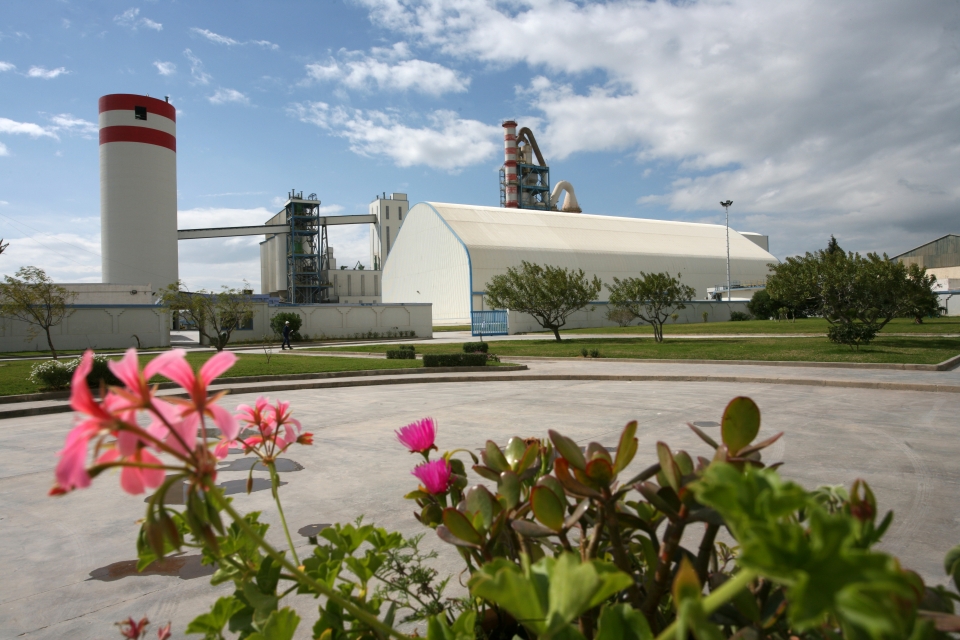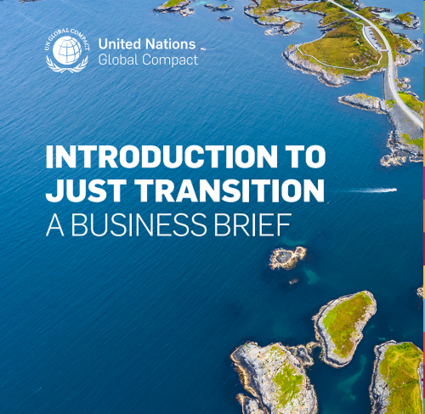Driving Sustainability in the Cement Industry: CAT-COLACEM’s Path to Carbon Reduction
Start Reading

1. Company at a Glance
In this case, you will discover how CAT-COLACEM, Tunisia’s leading cement company, is tackling the environmental challenges of the cement industry by integrating sustainability into its core operations. Through ambitious goals, innovative energy solutions, and collaborative efforts, the company is setting an example for reducing carbon emissions and contributing to global climate action.
Construction & Materials
Industry
1932
Founded
Tunisia
Headquarters
+200
Number of Employees
2. The Challenge
Managing Environmental Impact in the Cement Industry
Cement production and quarrying activities generate significant carbon dioxide (CO2) emissions, presenting a challenge for sustainability in the industry. CAT-COLACEM, Tunisia’s leading and oldest cement company, has prioritized addressing its environmental impact as a core business strategy. Recognizing the risks that climate change poses to both the planet and the long-term sustainability of industrial operations, the company has set an ambitious target to reduce its CO2 emissions by 50% by 2030. This initiative aligns directly with global sustainability objectives and Sustainable Development Goal (SDG) 13 on climate action.
3. The Action
Strategic Measures for Carbon Reduction
To achieve its ambitious CO2 reduction target, CAT-COLACEM implemented a series of strategic and operational measures:
Defining Target Aligned to Sustainable Development
The company integrated SDG 13 into its daily operations. This process involved defining priorities, setting sub-objectives, identifying actionable steps, and establishing performance indicators to monitor progress. The company set scientifically grounded targets aligned with the global 1.5°C objective.
Lowering Consumption
The company has made considerable efforts to reduce energy consumption in its industrial activities by implementing an energy efficiency management system. These efforts include achieving ISO 50001 certification, optimizing energy management, installing a lighting system with LED luminaires, and incorporating a reactive energy compensation system.
Adopting Alternative Energy Sources
CAT-COLACEM is replacing fossil fuels with alternative energy sources and developing solar projects to generate renewable electricity. The company is also producing low-clinker cements (CEM III, IV, V, and LC3) and promoting the use of Solid Recovered Fuels from waste materials.
Renewable Energy Projects
After regulatory barriers hindered an initial project to purchase wind-generated electricity, CAT-COLACEM collaborated with other cement plants to initiate a 100 MW solar park project. This initiative supports SDG 7 (Affordable and Clean Energy) while advancing the company’s emissions reduction goals.
Advocacy and Lobbying
The company actively lobbied for regulatory reforms to support renewable energy projects and encouraged sector-wide adoption of sustainable practices.
4. Overcoming Barriers
CAT-COLACEM encountered regulatory challenges in implementing its clean energy initiatives. Current regulations in Tunisia do not fully support the development and use of advanced renewable energy technologies. As a result, the company had to abandon an initial wind energy project due to legal restrictions on purchasing clean electricity from private operators. Despite these obstacles, CAT-COLACEM demonstrated resilience by partnering with other industry players to develop the solar park project and continued to advocate for regulatory changes to facilitate clean energy adoption.
5. Impacts & Results
Emissions Reduction:
CAT-COLACEM has already achieved a 10 per cent reduction in CO2 emissions, demonstrating progress towards its 50 per cent reduction target by 2030.
Renewable Energy Integration:
The solar park project positions the company to replace fossil-fuel-based electricity with clean energy, further reducing its carbon footprint.
Sector Leadership
By championing climate action and advocating for regulatory changes, CAT-COLACEM has set an example for other companies to follow, driving collective industry progress towards sustainability.
6. Key Lessons Learned
Commitment to Goals
CAT-COLACEM’s journey underscores the importance of resilience, collaboration, and advocacy in achieving sustainability goals. Regulatory barriers can pose significant challenges, but proactive engagement with stakeholders and innovative partnerships can pave the way for progress. By integrating sustainability into its core business strategy, CAT-COLACEM demonstrates how ambitious climate goals can be pursued effectively within the constraints of current systems.
"Our involvement with the UN Global Compact over the last few years has been beneficial on several levels, in particular the strategic level. Thanks to the resources and workshops that the Tunisian Global Compact Network makes available to its members and the support it provides, we can achieve our objectives better."
Giuseppe Colaiacovo, Managing Director, CAT-COLACEM
7. Resources
CAT-COLACEM’s participation in the UN Global Compact:
Forward Faster Signatory on multiple targets
SDG Ambition Accelerator participant in 2021
Part of our Spark community for SMEs
Recommended UN Global Compact resources to support your journey:


